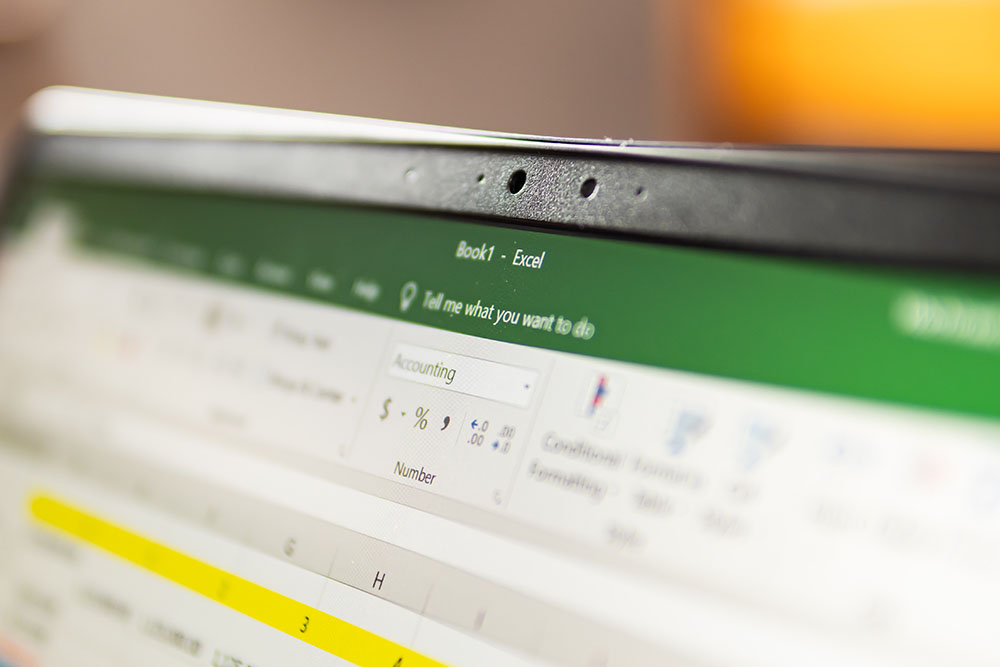Coronavirus has everyone concerned. It has both occupied our airwaves and freed up our store shelves and freeways. It represents a substantial risk to our economy. It is top of mind for the CEOs and other leaders. General responses to this crisis range from taking immediate dramatic action to those who say they will go about their day as usual and see what happens. One person even told me Coronavirus is “overblown like Y2K was.”
I am proud that enterprises are leading the efforts to minimize the potential spread of the virus. They are requiring people to work from home, travel only when necessary, and not attend meetings of over a certain number of people. I’ve seen so many conferences canceled that my calendar has never been this open.
The hope is that these rules will dramatically reduce the spreading of the virus. But it must be acknowledged that these changes may also substantially alter the workplace environment. We are at risk of losing face-to-face connections that have, for so long, been critical to most businesses. These interactions have been how we have formed the interpersonal bonds required for successful teams.
Fortunately, more than ever before, technology gives us the ability to be more productive and present when working remotely. ZAG is moving towards a video first mentality. We all know that too many conference calls lose focus because we miss the body language queues that make up 90% of communication. More significantly, it is also easy to get distracted by email or the web when on an audio call. Adding video pushes people to remain present in the discussion.
Companies such as Microsoft and Google are stepping up to provide free video conferencing to help combat this crisis. These offers will enable organizations that don’t feel they have adequate video capabilities in place to implement it quickly.
As specialists in Office 365, we know that a well-planned rollout of Teams is critical to its long-term usability. It can become unmanageable if not done correctly. However, enabling the video conferencing portion is straightforward.
Employees must have access to corporate systems, whether hosted in a public or private cloud. Fortunately, most of us already benefit from a cloud-first philosophy, and that’s enabled us to work remotely effectively. Some of this is in public clouds such as Azure and AWS, email in Google or Office 365, and various ERP systems in their vendor-hosted clouds.
Most organizations also run private cloud instances. These enable staff to access corporate-managed systems through offerings such as traditional web-based access, Citrix XenApp and XenMobile, Microsoft RDP, or even VPN access.
The most challenging risk today isn’t technical; it’s how we work remotely and maintain a presence. Achieving this presence will require concentrated effort. We must work to keep the connections that we have worked years to create.
Ultimately it is through enabling this that we can work to ensure Coronavirus is more of a Y2K event than a disaster event. I’ve heard people refer Y2K as a hoax. Having been on the front lines of Y2K, I can tell you that it was the concerted preparedness effort leading up to that January 1st that made Y2K a non-event. Let’s do what we can to make it the same with Coronavirus.



